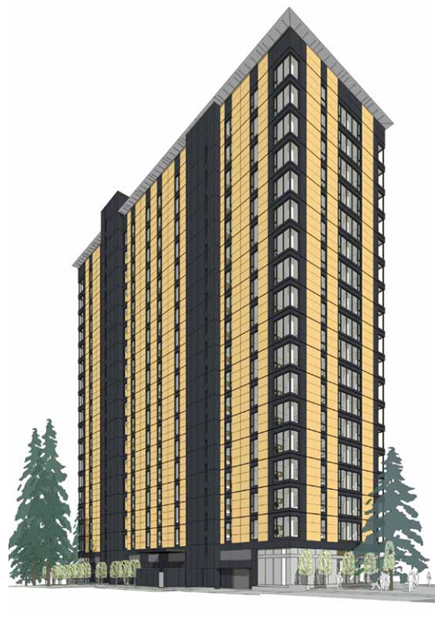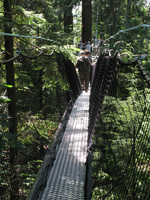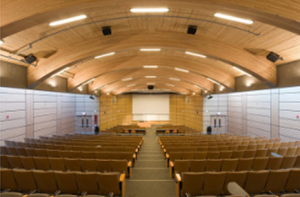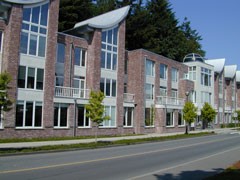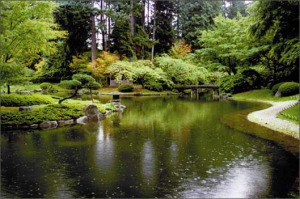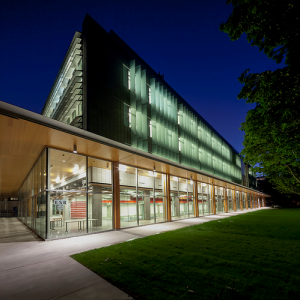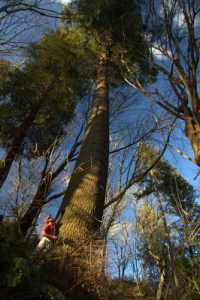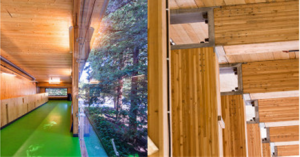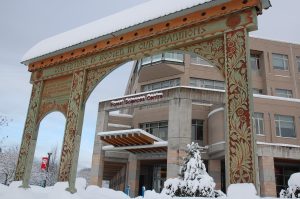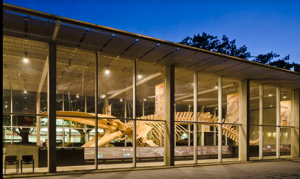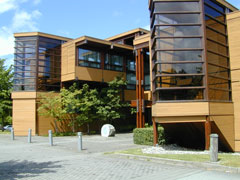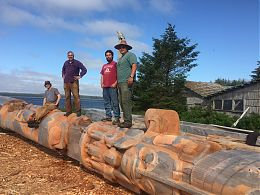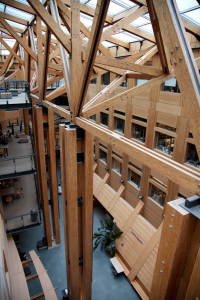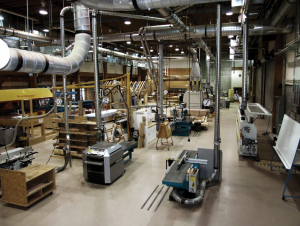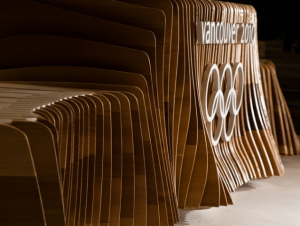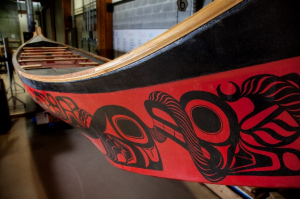The In-Conference tour will take place on June 14, 2017 and will include a trip to the Point Grey Peninsula, University of British Columbia. Participants will be picked up from the Pinnacle Hotel, boxed lunch will be available en-route to campus. The drive will be approximately 20 to 30 minutes, depending on traffic. The tour will take approximately 4 hours. Participants are encouraged to choose one theme up to a maximum of two themes, as time won’t be enough to visit all sites of interest. A self-guided tour (at your own pace) will also be an option.
Once on campus, our guides will take you for a walk. Though there will be rest stops along the way, proper outdoor attire and comfortable shoes are a must. Weather in Vancouver is unpredictable, but the site visit will occur rain or shine. Only the Tree walk is weather permitting.
The fee schedule is listed here >> and includes the cost of transportation to UBC, packed lunch and admission fee to attractions. Accompanying persons are welcome to this informal and entertaining tour.
Themes:
InnovationSustainable wood buildings and technology |
CultureTraditional use of wood by First Nations on the North Pacific Coast |
NatureTemperate rain forest and British Columbia’s nature |
|
|
|
|
The world’s tallest wood building |
 Museum of Anthropology MoA houses one of the world’s finest displays of Northwest Coast First Nations arts in a spectacular Arthur Erickson designed building. The Museum’s Great Hall contains many fragments of totem poles from Haida and other First Nations villages along British Columbia’s coast |
The first university botanical garden in Canada, established 1912 Greenheart Tree walk is a tree top canopy walkway among century old Douglas firs, cedars and grand firs |
|
Featuring regenerative design, |
A hallmark of sustainable building design on campus |
The best traditional, authentic Japanese Tea and Stroll garden in North America |
|
Constructed to LEED Gold standards, this is the largest panelized wood building and the largest application of cross laminated timber in North America |
A prize-winning building that reflects the First Nations’ long regional history and cultural practice of using wood for community buildings |
Old growth on campus is dated >400 years |
|
First biomass cogeneration project of its kind in North America |
A legacy of the Sopron Forestry School exodus which was a unique emigration, unparalleled in history |
At 26 m long, it is the largest blue whale skeleton on display in Canada, and one of only 21 worldwide
|
|
FPInnovations is a not-for-profit world leader specializing in scientific solutions that support the global competitiveness of the Canadian forest sector and address the needs of its industry members and government partners |
The Pole honours the many complex aspects of reconciliation as it relates to Canada’s Indian Residential Schools |
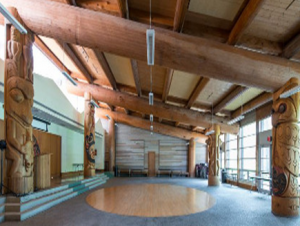 First Nations Long House – Sty-Wet-Tan Great Hall A building that reflects the First Nations’ practice of using wood for community buildings |
|
An innovative example of the potential of wood construction when the building was commissioned in 1998 and home of the UBC Faculty of Forestry. |
Canada’s national centre for education, training and technical assistance for the wood products manufacturing industry. CAWP partnered with VANOC to produce the olympic podia and medal trays in 2010. |
One of four replicas of the “Lootas”, or “wave-eater”, which was carved by Bill Reid of the Haida Gwaii for the 1986 Vancouver Expo, now residing at the UBC Forest Sciences Centre |
Site visit background information
British Columbia is home to several of the world’s largest lumber companies and the province is the world’s largest supplier of softwood lumber to world markets. The forest industry contributes $2.5 billion in revenue annually to the BC government. Employment in the industry is growing with direct and indirect employment currently at about 150,000. 24% of all manufacturing jobs in BC depend on forestry. More than 40% of the province’s regional economies are based on forestry activities, supporting 55,000 direct jobs in more than 7,300 businesses.
The University of British Columbia (UBC) is located on the traditional unceded territories of the Musqueam people, in the Point Grey peninsula of Vancouver. It is a century old public institution with over 61,000 students that ranks consistently among the top 40 in the world. It has 20 Faculties, 11 Schools and 3 Colleges. Research funding nears $550 million and the University has a $12.5 billion in economic impact to the province.
The campus includes more than 400 ha of academic, residential, commercial, agricultural and operational facilities. The University is an independent municipality that regulates land use and infrastructure. It is surrounded by temperate rain forest on three sides and the ocean on the fourth, and is 30 minutes bus ride from downtown Vancouver.
For UBC, building sustainability involves supporting both human and environmental health and well-being by designing long-lasting buildings with minimal carbon footprints that are adaptive to change and that can be deconstructed at the end of their useful life. Therefore, wood has emerged as a key element in achieving UBC’s sustainable design goals. UBC has determined, through studies such as life cycle assessment (LCA), that wood is an optimal building material due to its structural, aesthetic and inherently low environmental impact characteristics.
No matter what theme you might choose for the In-Conference tour, we guarantee a good mix of learning, relaxing and networking.

